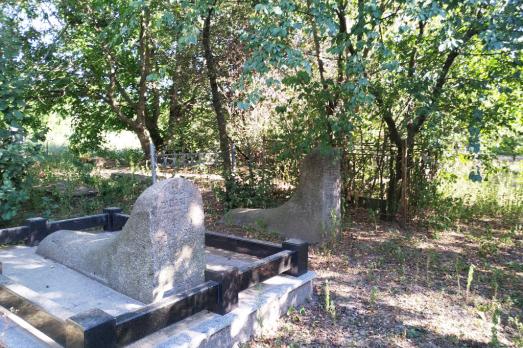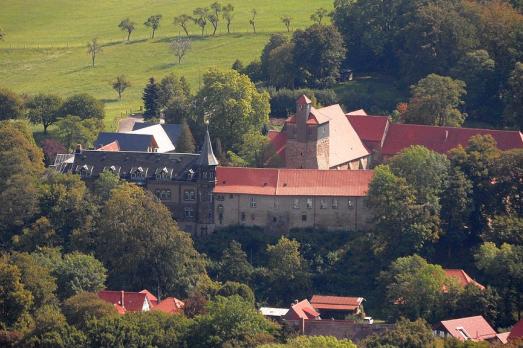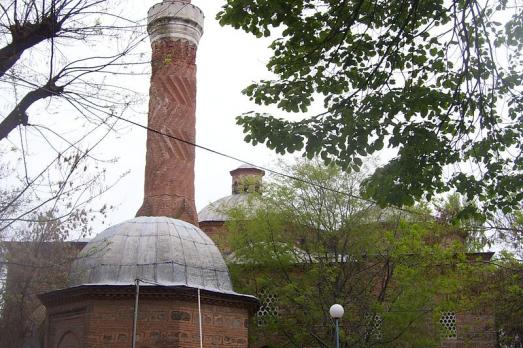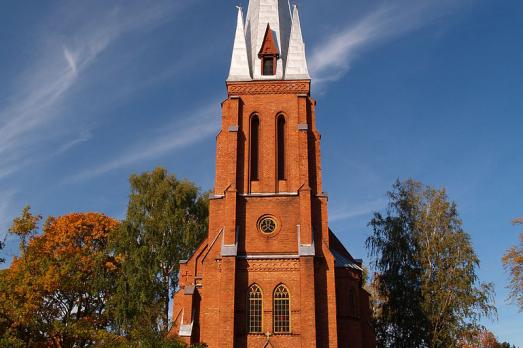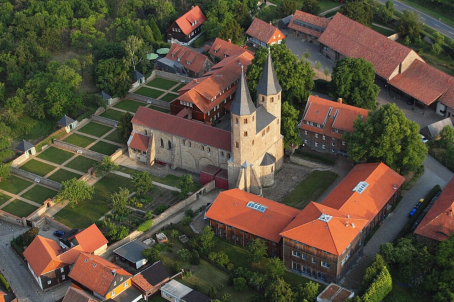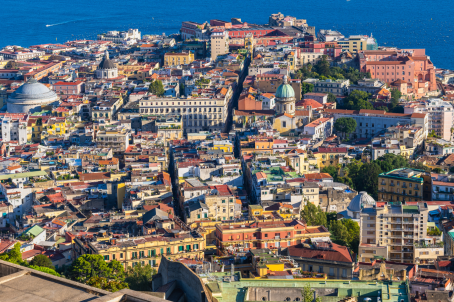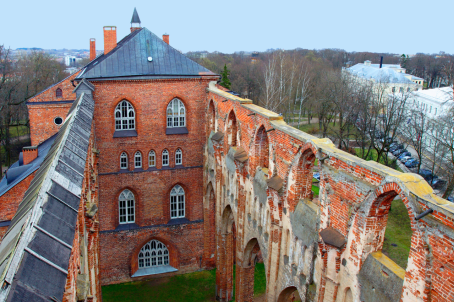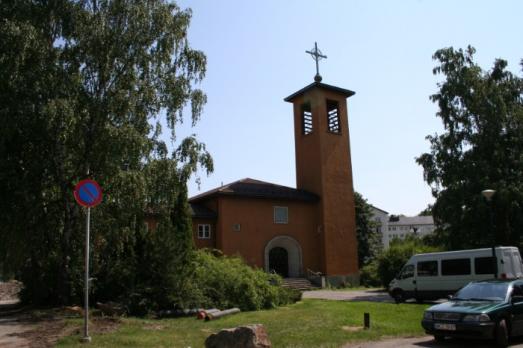
Iladalen Church
Oslo, NO
The Iladalen church was built according to the drawings of Ragnar Nilsen in 1941. Together with the park and the adjacent dwellings, the church is part of a large listed functionalist architectural project. The interior is also characterised by simple and clean forms in a mixture of neoclassicism and functionalism.

